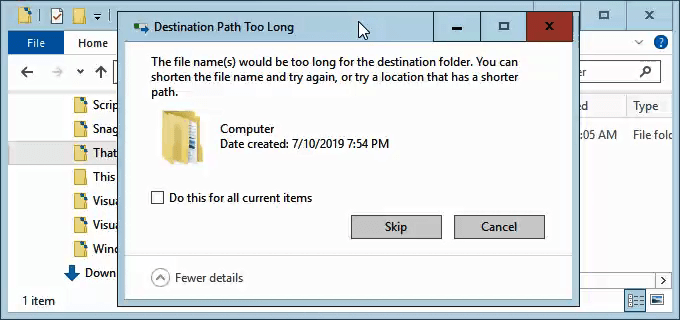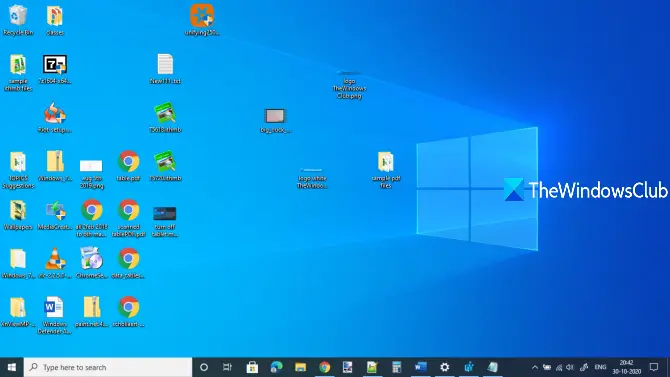

4 Steps to working with in use or open files What do you do? This tutorial is designed to answer these questions and provide methods that will allow you to delete or remove practically any file in Windows. Once you complete the steps, future files will download to the new location by default in the new storage.You start to shut down every program running on the computer hoping that you will be lucky and be able to delete the file, but it still won't delete.
Click the three-dotted (menu) button from the top-right. Here's an example changing the settings on Microsoft Edge: If you want to avoid problems, it's recommended to change the default save location for these and other apps (if applicable). For example, if you use the Edge, Chrome, or Firefox, these browsers will continue to use the original path to try and save files. The only caveat about this process is that it'll not change the default save locations for some apps. You may need to repeat the steps to restore the remaining folders to their previous location. Right-click one of the folder you want to restore its location and select the Properties option.Ĭlick the Yes button to move the files to the orginal default location.Īfter you complete the steps, the account folder will relocate to its original location. Navigate to the current user folders location. If you change your mind, you can revert the changes for the folder location using these steps: Once you complete the steps, the default account folders will move to the new location, and future files will save in this location by default.Īlthough moving folders one at a time introduces additional steps, you'll avoid potential problems, which may be something that could happen while moving the main account folder. 11 through 18 to move the remaining folders. Select the equivalent folder in the new location. Right-click the folder you want to move and select the Properties options. Type the following path to open the location with the account default folders and click the OK button: Search for Run and click the top result to open the Run command. Quick tip: You can also use the Ctrl + Shift + N keyboard shortcut to create new folders more quickly. For example, Desktop, Downloads, Pictures, Videos, and Music. Click the New folder button from the "Home" tab.  Navigate to the location you want to move the folders. Under the "Devices and drivers" section, open the new drive location. To move the default user account folders to a new storage location, use these steps: How to change default user folders on Windows 10
Navigate to the location you want to move the folders. Under the "Devices and drivers" section, open the new drive location. To move the default user account folders to a new storage location, use these steps: How to change default user folders on Windows 10





 0 kommentar(er)
0 kommentar(er)
